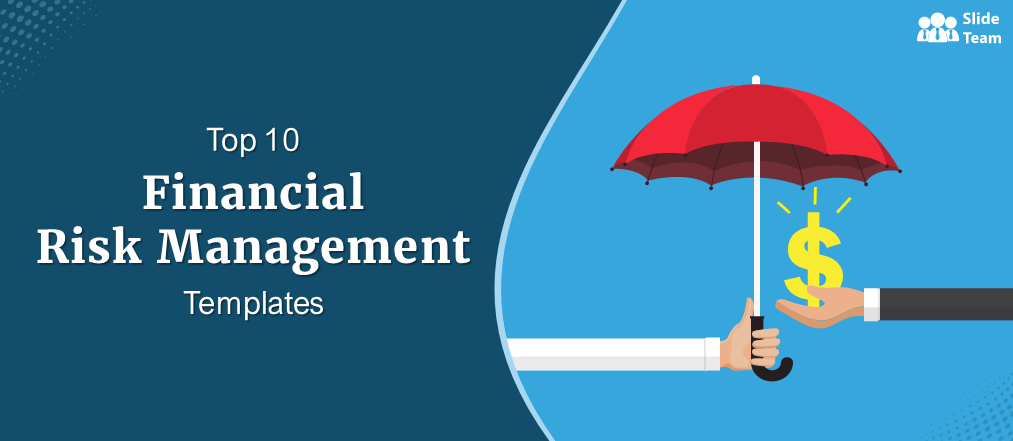An adage with a mischievous twist, Murphy's Law, shares: "Anything that can go wrong will go wrong." This law of mischief often extends its reach to taunt us further: "Anything that can go wrong will go wrong, and when you're least prepared." This law stands at the epitome of a human risk-taking mindset, which we cross every day, unknowingly.
Curious to know how?
Risk is an inevitable factor in our daily routine. Every single action, from leaving our house for work to eating food, has calculated risks related to it. Our minds have already assessed and learned about the trade-offs associated with taking these risks.
What you need to overcome daily life risk factors is optimism and zeal to grow, but for business-associated risks, you need strategies called risk mitigation.
The process or set of actions to reduce or minimize the potential negative impact of risks on an individual, organization, project, or endeavor is risk mitigation. It involves identifying, assessing, and addressing potential risks that could threaten the achievement of objectives or the successful completion of a project.
Mastering the Art of Risk Taming
The goal of risk mitigation is to implement measures that either eliminate or reduce the likelihood or severity of identified risks. It aims to increase the success probability by managing potential issues and their consequences in a proactive manner. The process of risk mitigation involves the following key steps:
- Risk Identification: Recognizing and documenting potential risks that could affect the project or objective.
- Risk Assessment: Evaluating the probability and impact of each identified risk to prioritize them based on their consequences.
- Risk Response Planning: Develop strategies to address each identified risk. This involves risk avoidance, risk transfer, risk mitigation with preventive measures, or risk acceptance with a contingency plan at disposal.
- Risk Implementation: Executing the planned risk mitigation strategies and actions.
- Risk Monitoring: Monitor the effectiveness of the implemented risk mitigation measures and track changes or new risks that arise.
- Risk Review: Examine the risk mitigation process to specify lessons learned, improve strategies, and update the risk management plan as necessary.
With active engagement in risk mitigation, individuals and organizations can reduce the probability of negative events, minimize potential losses, and increase the odds of achieving desired outcomes.
Ready-to-Use Risk Mitigation Templates To Conquer Risks
Once infused in DNA, the risk mitigation process fuels organizations with great powers of sensing and avoiding risks (just like Miles Morales); it also comes with great responsibilities.
Developing this process layer by layer from scratch needs a high level of collaboration and an in-depth understanding of organizational operations. Above that, it calls for an exceptional amount of time and effort to get it designed to a minimum implementation level, which means exposing your organization to risks for more time.
To make this process less time-consuming by taking off the designing and general research from your task lists, SlideTeam offers these pre-designed risk mitigation templates. The content-ready slides give you the much-needed fundamental structure to create a risk mitigation process. The 100% customizable nature of these templates provides you with the desired flexibility to create and edit your risk mitigation plan within minutes.
Let's explore these expert-designed risk mitigation templates to find what needs to fortify your organization's defense systems.
1. Mitigation Plan PowerPoint Presentation Deck
Choose our mitigation plan presentation to craft a comprehensive action plan that helps you mitigate business risks in an effective way. This expert-designed deck encompasses essential elements of risk management, delivering a clear and concise process overview. It covers critical aspects such as risk identification, risk assessment, risk analysis and response planning, mitigation strategies, and risk control matrices. With this presentation set, you will be confident to present your risk mitigation strategies to management and be more efficient in evaluating risk management processes. The slides in this deck provide the framework aligned with contingency planning, hazard mitigation, and risk evaluation for efficient risk assessment at an organizational level. Download it now!
Download this presentation deck
2. Risk Mitigation Plan PowerPoint Presentation Slides
This PPT Bundle is an exhaustive tool to foresee risks and assess their potential impacts on your enterprise. It showcases various strategies to manage threats and bridge the gaps. Explore the pre-designed templates, including a risk management plan, risk identification, registration, assessment, analysis, and risk response plan, empowering you to create an actionable roadmap. You will find modules for risk minimization planning, strategy, risk control chart, and risk tracker that ensure a proactive approach to risk mitigation. With this PowerPoint set, you can highlight risk identification and the correlation between consequences and likelihood. Get it now!
Download this presentation deck
3. Risk Mitigation Strategies Presentation Templates
Anticipate risks, assess their impacts, and devise effective response plans with the powerful risk mitigation strategies shared in this PPT Module. It empowers you to develop robust systems for minimizing the effects of threats. Unveil a range of approaches to risk management with these ready-to-use templates covering risk identification, register, assessment, analysis, response plan, response matrix, control matrix, and risk tracking. You will also find the right tools, best practices, impact & profitability analysis, mitigation strategies, plans, and qualitative/quantitative risk analysis inside this PPT Set. Grab it today!
Download this presentation deck
4. Risk And Mitigation PowerPoint Presentation Deck
Take charge and navigate risks with ease using this risk and mitigation templates bundle. It allows you to mitigate risks, enhance safety, and gain the authority to steer your organization confidently. With its research-based slides on risk scenarios & action plans, elements of risk and mitigation, supply chain risk management framework, project risk, mitigation strategy, contingency plan framework, etc., it facilitates risk identification, assessment, and control. In this PPT, you will find actionable templates on the risk management matrix, probability & impact matrix, and risk factors likelihood & mitigation. Download it now!
Download this presentation deck
5. Enterprise Risk Management And Mitigation Plan PPT Deck
This presentation deck is designed to address risk management from a holistic organizational perspective in a strategic way. The top-down approach of this PPT empowers you to identify, assess, and prepare for potential hazards that may hinder operations and jeopardize key objectives, resulting in losses. It allows managers to shape the enterprise's risk positioning while looking into the challenges arising from inadequate operational, strategic, and financial risk management and exploring the types, benefits, strategies, and frameworks associated with each. Gain insights into the process of identifying, assessing, mitigating, and monitoring various organizational risks, supported by effective risk management and mitigation plans tailored for enterprise risks with this template bundle. It also highlights the implementation costs, the impact of ERM on operational performance, and the reduction of potential hazards that could negatively impact business operations. Get it now!
Download this presentation deck
6. Risk Mitigation Strategy Presentation Templates
Navigate through the complexities of risk management, accommodate impulsive ideas, and experience excellence in risk management with this exhaustive collection of risk mitigation templates. It empowers you to mitigate or eliminate risks, maximizing opportunities and minimizing threats. With its well-organized and visually appealing slides, our PPT Deck ensures a streamlined and manageable approach to gathering crucial data for disaster recovery and addressing areas of concern. Use this PowerPoint Set to understand the financial and strategic impact of risks while executing well-defined plans with ease. You will be able to read and showcase valuable insights into market trends that help in optimizing operational effectiveness. Grab it today!
Download this presentation deck
7. Mitigation Plan In Risk Management Presentation Deck
This content-ready deck is designed to minimize the impact of risks and facilitate the implementation of risk mitigation policies and strategies within organizations. Evaluate the effectiveness of your risk management process using our professional and visually appealing slides. The complete deck includes ready-to-use PowerPoint Templates, including project risk mitigation strategies and risk reduction approaches such as avoidance, acceptance, control, and transfer. Download it now!
Download this presentation deck
8. Risk Mitigation Plan Creation Process Presentation Template
Embark on a successful journey of creating an effective Risk Mitigation Plan with our comprehensive presentation template. Our experts design this risk mitigation plan template to guide you through each step of the process, ensuring a systematic and thorough approach to risk management. From risk identification and assessment to the development of mitigation strategies and action plans, this template covers all essential elements. Gain valuable insights into risk prioritization, resource allocation, and monitoring techniques to ensure ongoing risk mitigation success. With visually appealing slides and customizable features, this template empowers you to craft a professional and impactful presentation that communicates your risk mitigation plan to stakeholders in an effective way. Get it now!
Download this presentation template
9. Risk Mitigation Plan Framework Template To Minimize Threats
This content-ready template provides a structured framework that enables you to identify, assess, and mitigate risks in a systematic manner. With a focus on proactive risk management, this template guides you through the key steps of risk identification, analysis, response planning, and monitoring. This template marks important slabs in the process like developing a risk management committee, defining risks, risk probability & results, analyzing impacts on business, risk management strategies, and mitigation action planning. It has space to enlist the actions and responsibilities of different organization levels or employees. By implementing this robust framework, you'll be equipped to address potential threats, mitigate their impact, and ensure the resilience of your business. Grab it today!
Download this presentation template
10. Five-year Financial Risk Mitigation Planning Roadmap Template
Maximize the impact of your financial risk mitigation planning with our Five-year Financial Risk Mitigation Planning Roadmap Template. This pre-designed PowerPoint layout empowers you to visualize your work plan and communicate your ideas in an effective manner. With a detailed overview of the project, key deliverables, and milestones, this customizable template ensures a clear and concise presentation of your financial risk mitigation strategy. Emphasize project goals and articulate activities, keeping your project on track and aligned with your strategic objectives using this PowerPoint Layout. Track work progress, maintain workflow transparency, and stay focused on the ultimate goal with this attractive and versatile roadmap PowerPoint Design. Save valuable time and effort in crafting your presentation with the download of this PPT Slide. Download it now!
Download this presentation template
Building Resilience With One Template at a Time!
Risks can be catalysts for growth if managed in an effective way.
In the business world, volatility and uncertainty are ever-present, but enterprises that prioritize risk mitigation gain a competitive edge. They are better equipped to adapt to unexpected challenges, seize opportunities, and thrive in dynamic market conditions. Leveraging the power of these risk mitigation templates give organizations the confidence to embrace change, innovate with purpose, and build a foundation for long-term success.
Download these risk mitigation templates and empower your organization to navigate the unpredictable with agility and confidence. Pave the way for a resilient, thriving, and prosperous future today!
FAQs on Risk Mitigation
1. What are the four types of risk mitigation?
The four types of risk mitigation are:
- Avoidance: Taking actions to eliminate the risk by avoiding activities or situations that may expose an individual or organization to potential harm.
- Reduction: Implementing measures to minimize the likelihood or impact of a risk, such as implementing safety protocols or backup systems.
- Transfer: Shifting the responsibility for managing the risk to another party through insurance or contractual agreements.
- Acceptance: Acknowledging the risk but choosing to accept it without implementing specific mitigation measures. This approach is often employed when the cost or effort of mitigation outweighs the potential impact of the risk.
2. What are examples of risk mitigation?
Examples of risk mitigation strategies include:
- Regularly backing up important data to prevent loss in case of system failures or cyberattacks.
- Conduct thorough background checks and reference verifications before hiring employees to mitigate the risk of potential misconduct or fraud.
- Installing fire alarms, sprinkler systems, and fire extinguishers to reduce the risk of fire-related damages.
- Diversifying investment portfolios to minimize the impact of market fluctuations.
- Implementing robust cybersecurity measures, such as firewalls and encryption, to protect against cyber threats.
What is risk mitigation, and why is it important?
Risk mitigation is the process of taking actions to reduce or minimize the potential negative impact of risks. It is important because:
- Enhances decision-making: Risk mitigation allows individuals and organizations to make informed decisions by considering potential risks and their impact on objectives or projects.
- Protection against financial losses: Effective risk mitigation efforts minimize financial losses by preventing or reducing potential risk impacts.
- Ensured business continuity: By proactively addressing risks, organizations enhance their resilience and ability to continue operations despite unexpected challenges.
- Improved Project success rates: Implementing risk mitigation strategies increases the likelihood of project success by reducing the probability of negative events derailing the project's progress.
- Strengthen Stakeholder confidence: Stakeholders, including clients, customers, and investors, have greater confidence in organizations that actively manage and mitigate risks, which can lead to stronger relationships and support.
4. What is risk mitigation in the workplace?
Risk mitigation in the workplace refers to the process of identifying, assessing, and addressing potential risks and hazards that could impact the health, safety, and well-being of employees, as well as the organization's operations. It includes implementing preventive measures, establishing safety protocols, providing training and resources, and maintaining compliance with regulations and standards.


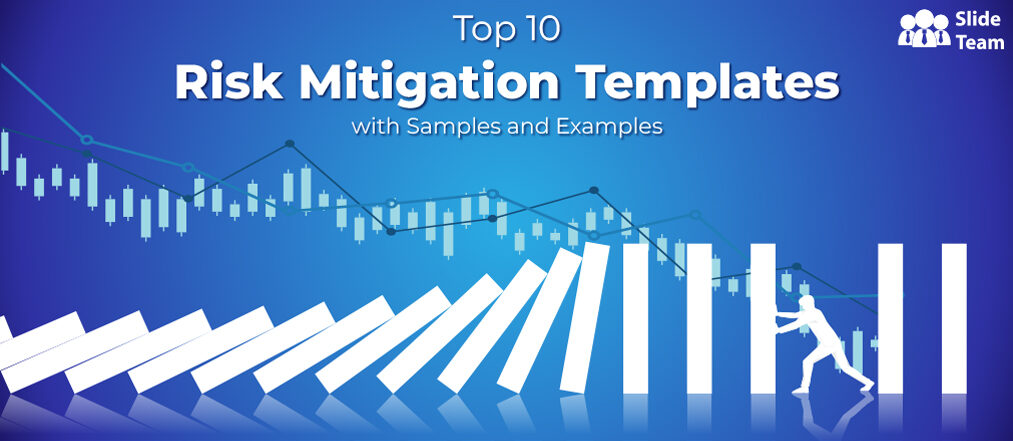


 Customer Reviews
Customer Reviews

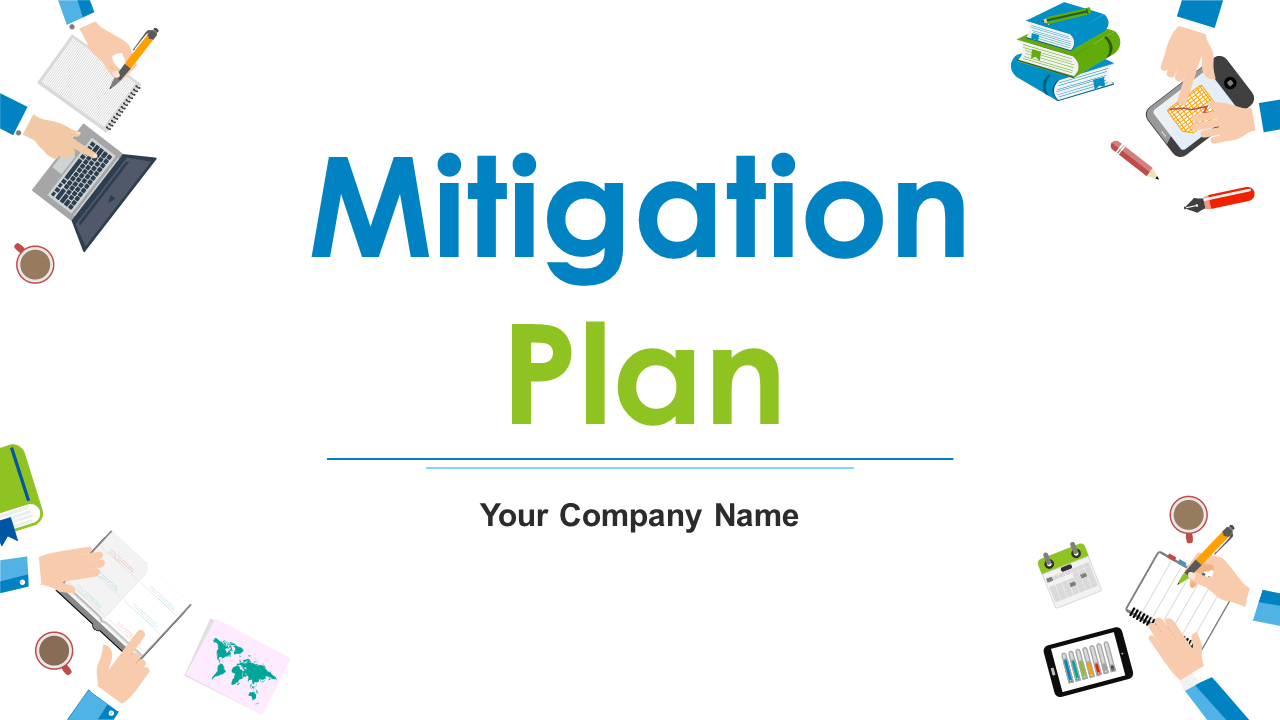
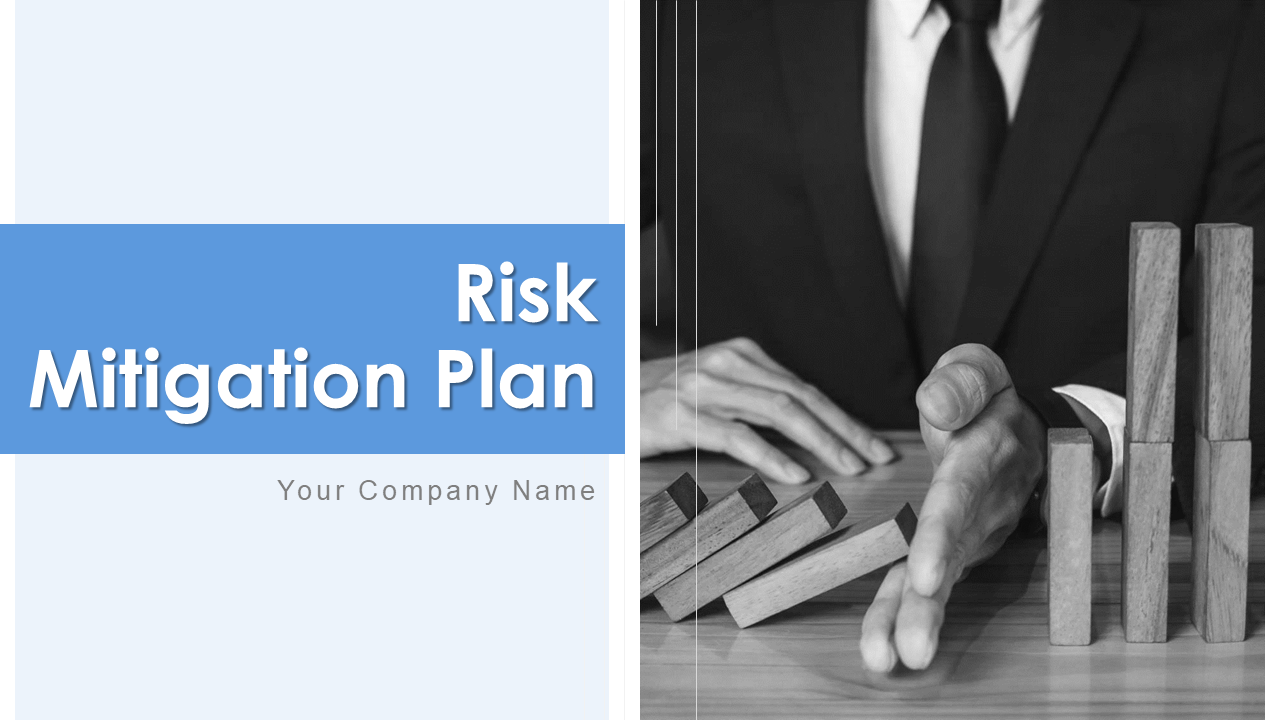
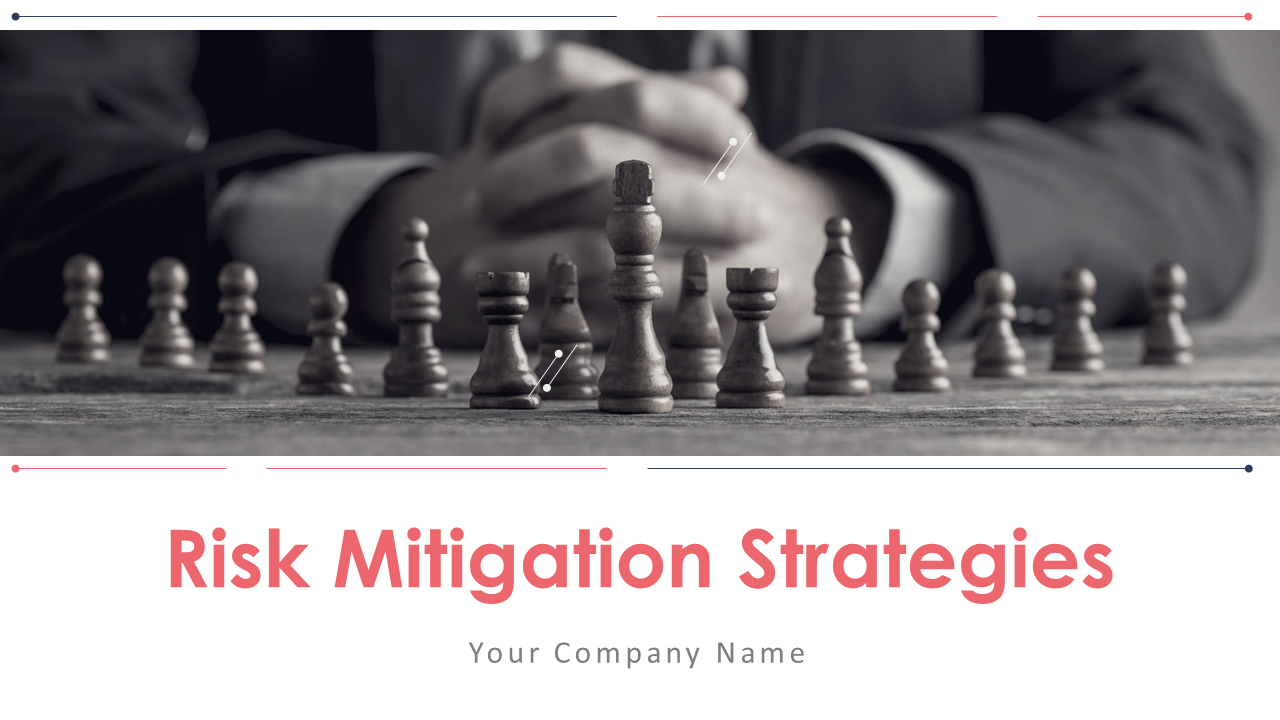
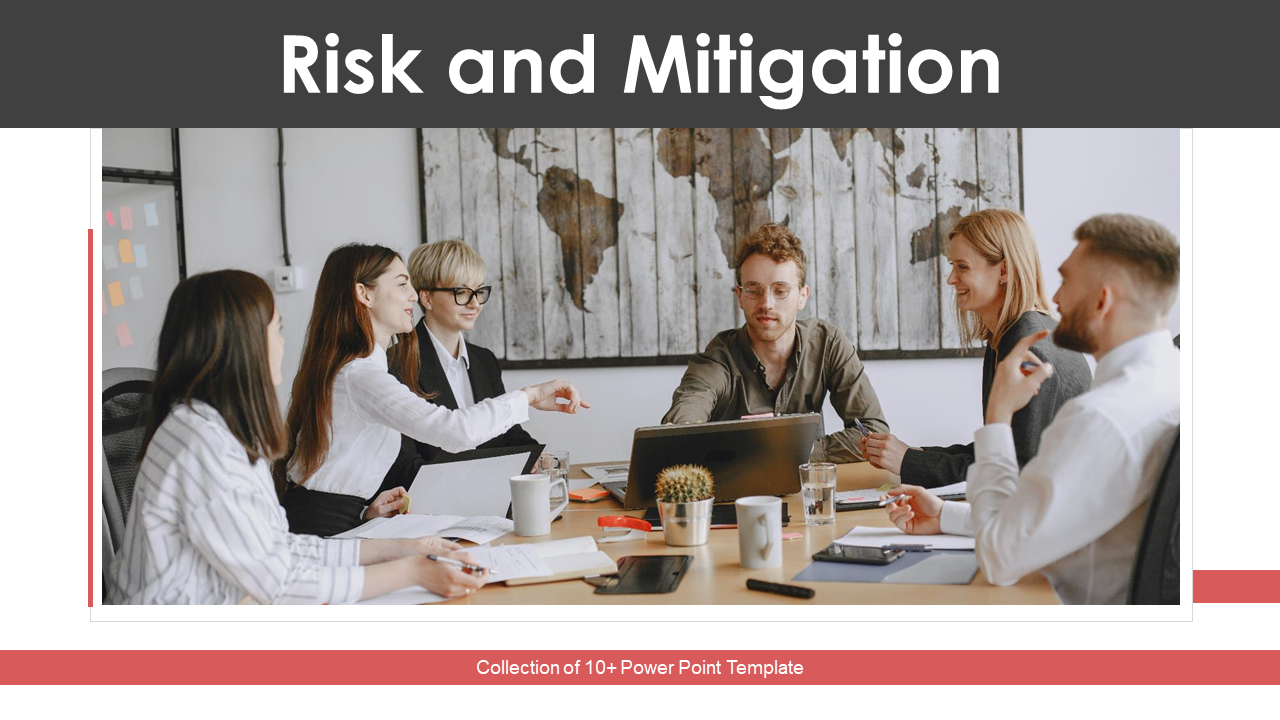
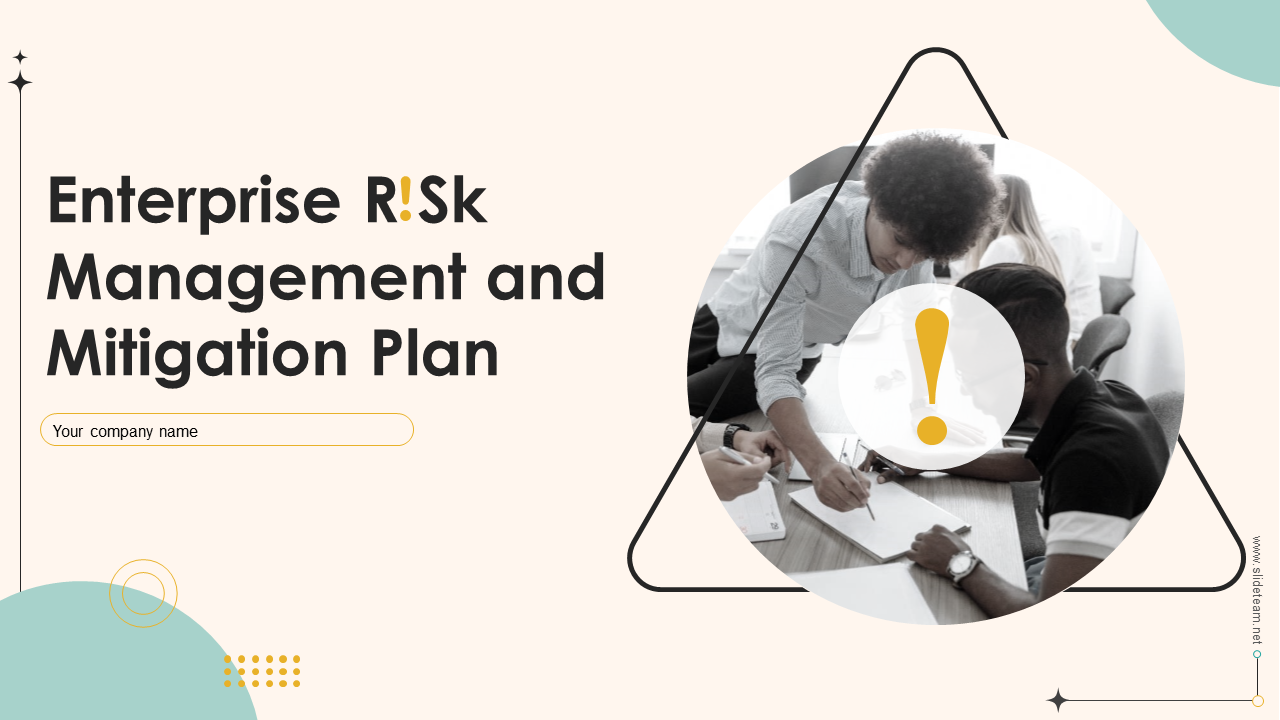
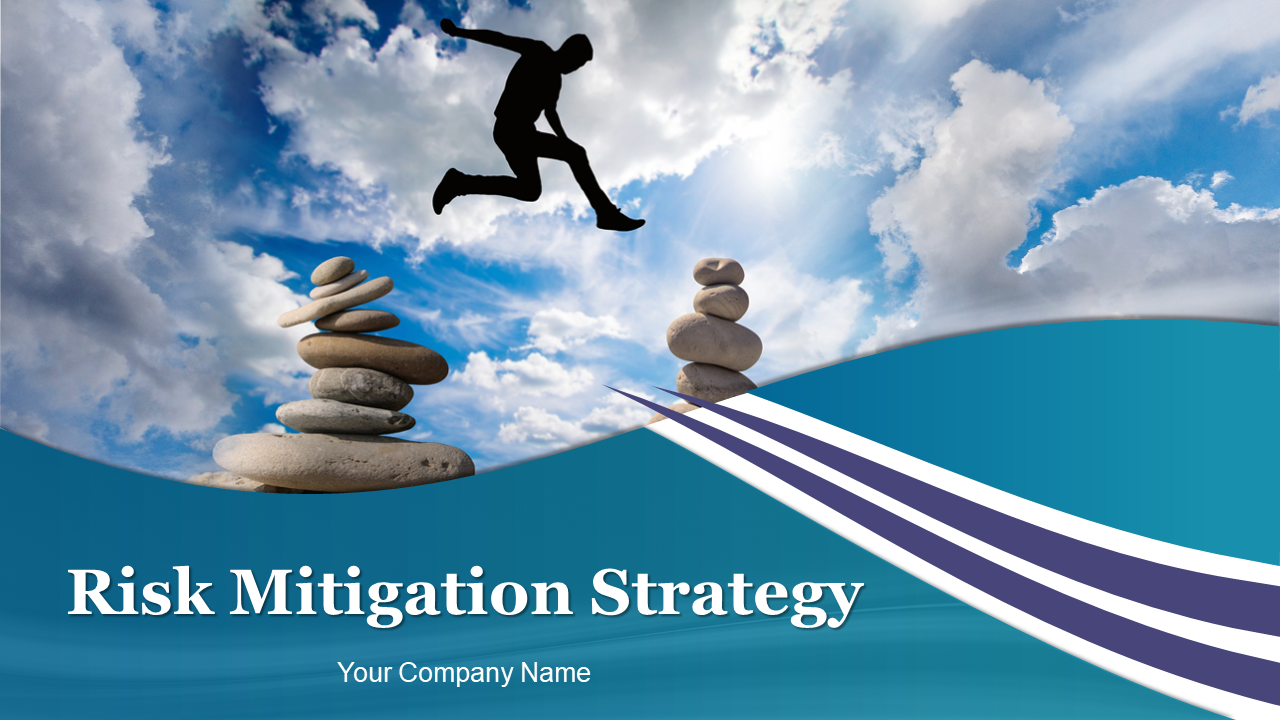
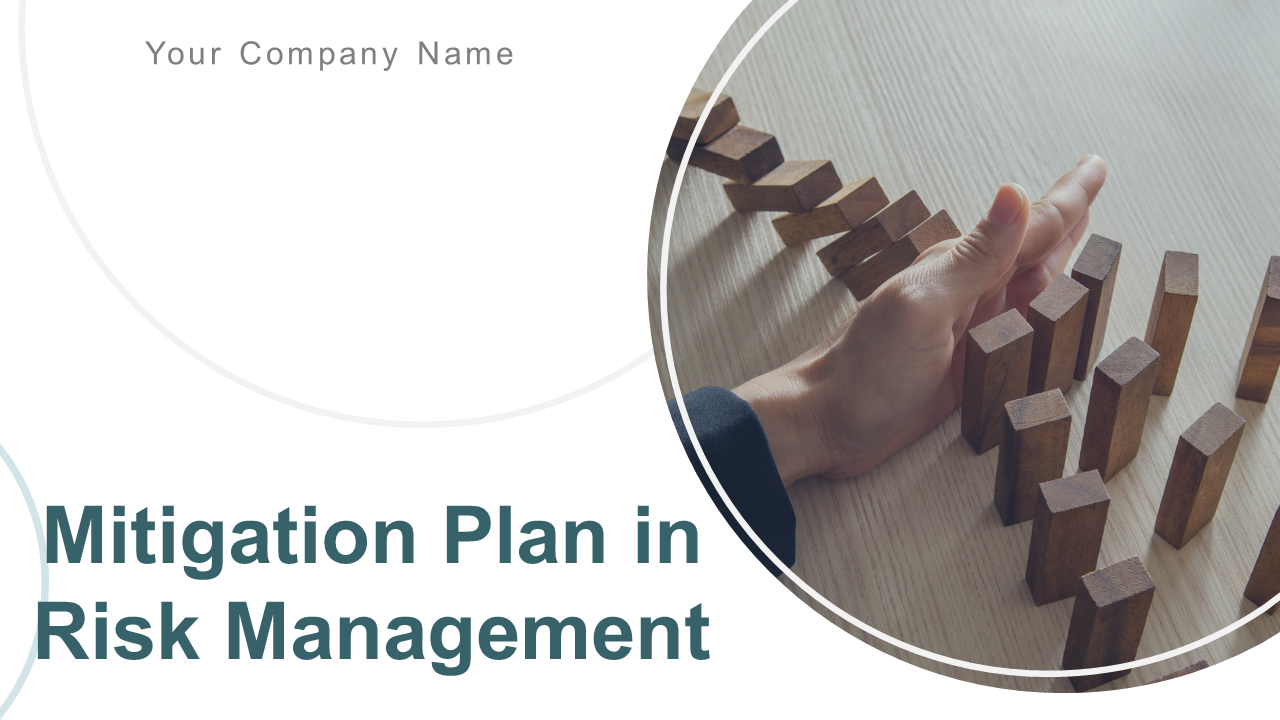
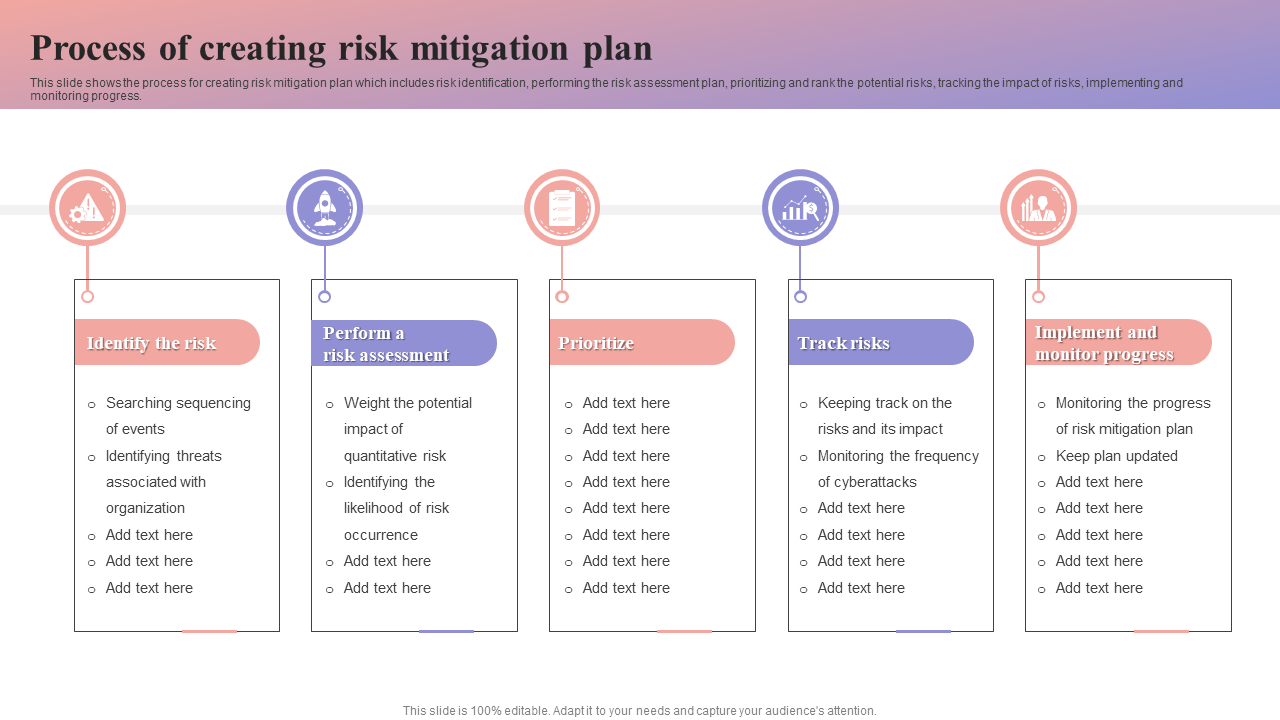
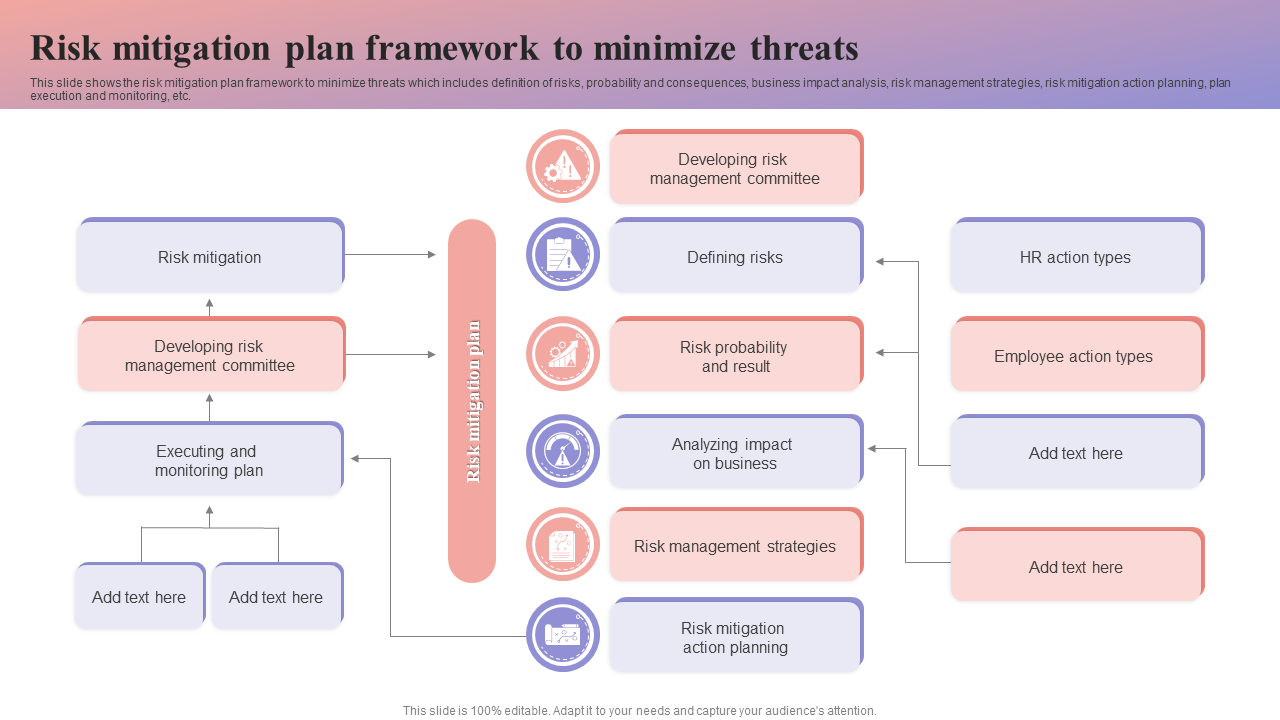
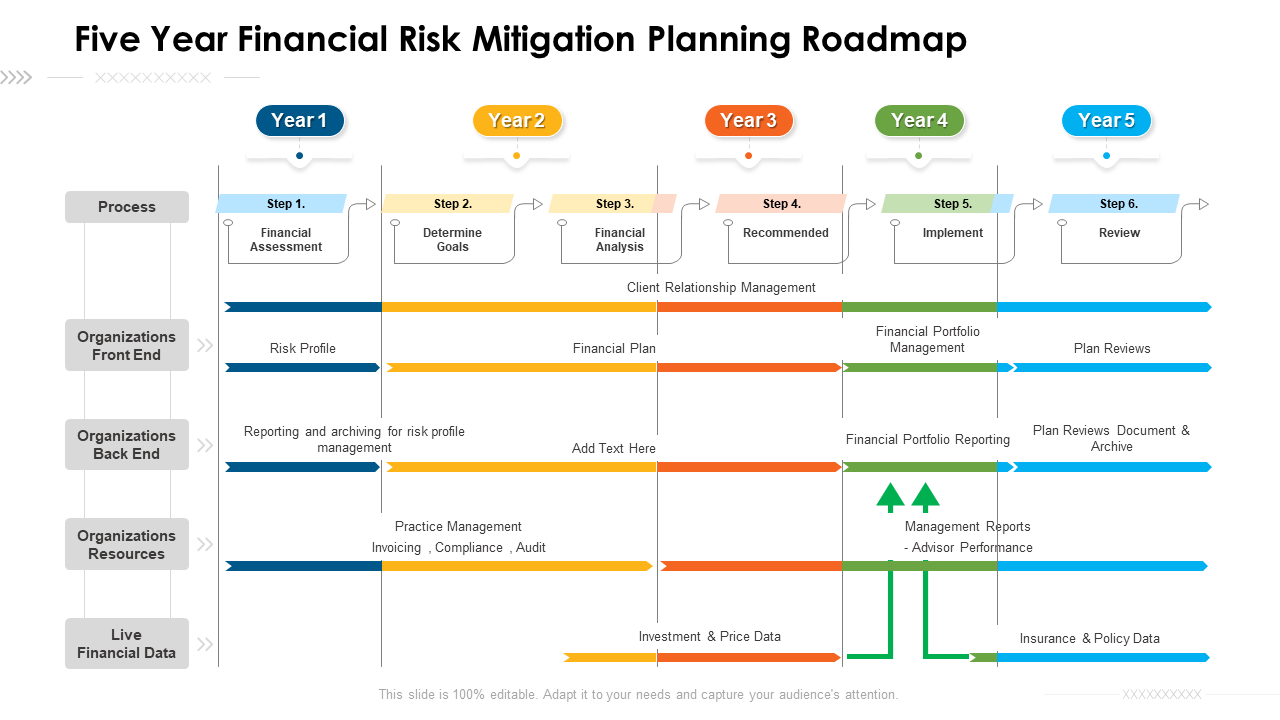



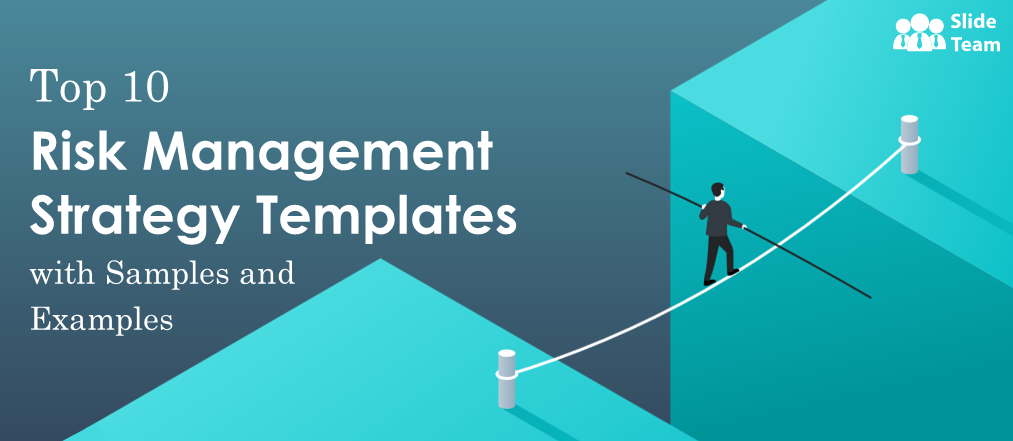
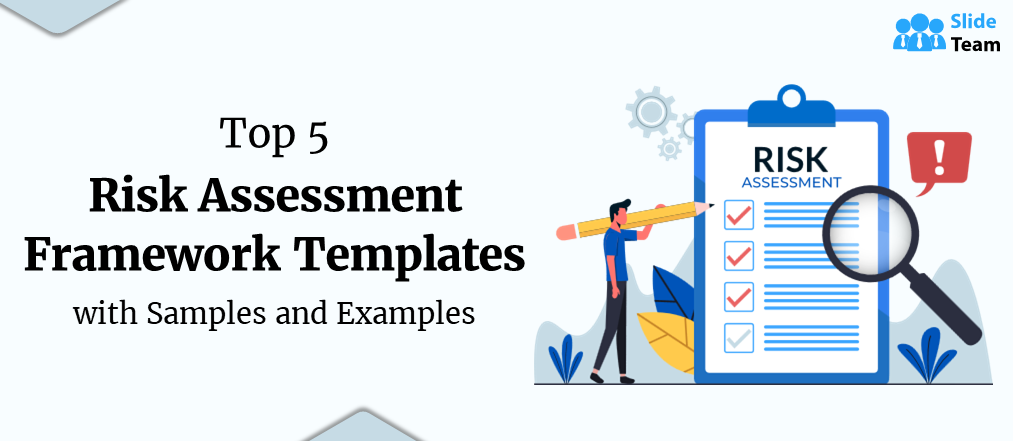
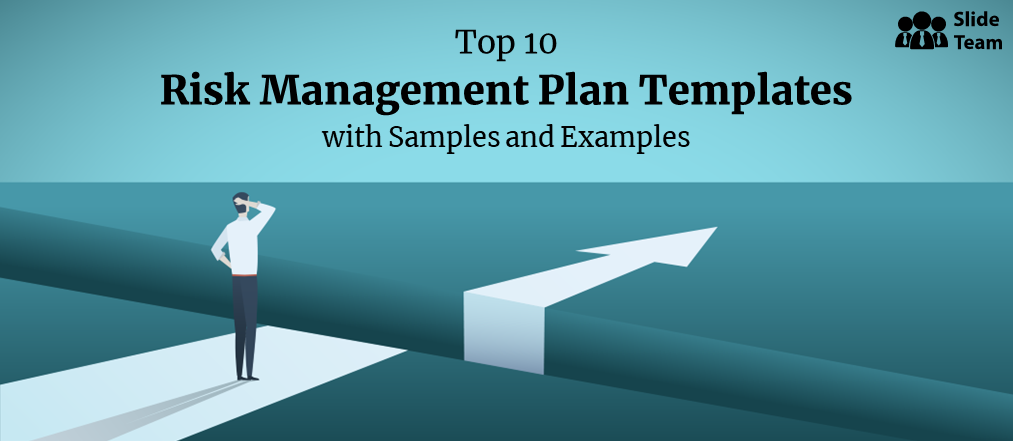
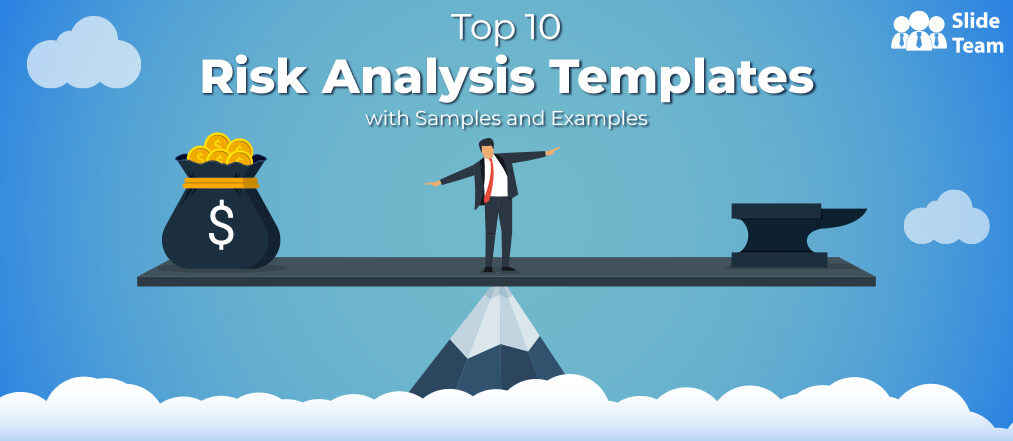
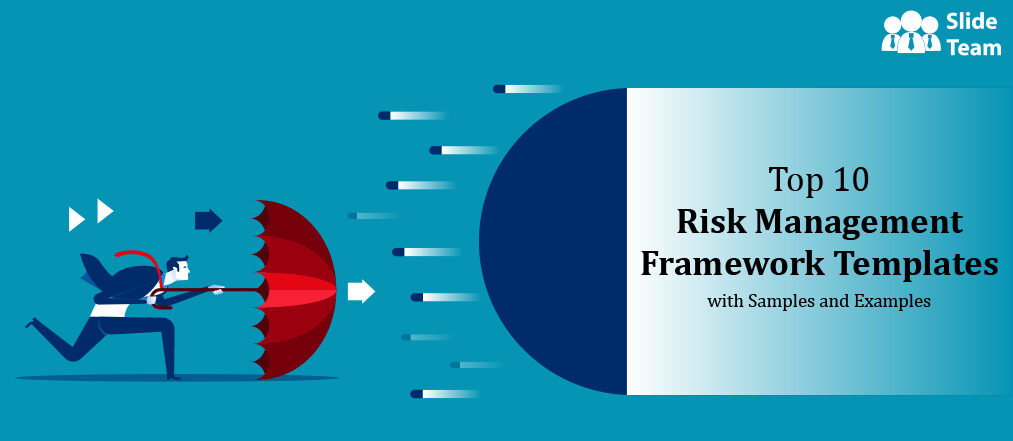
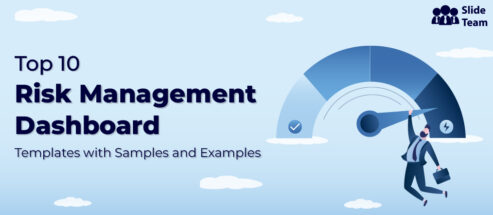
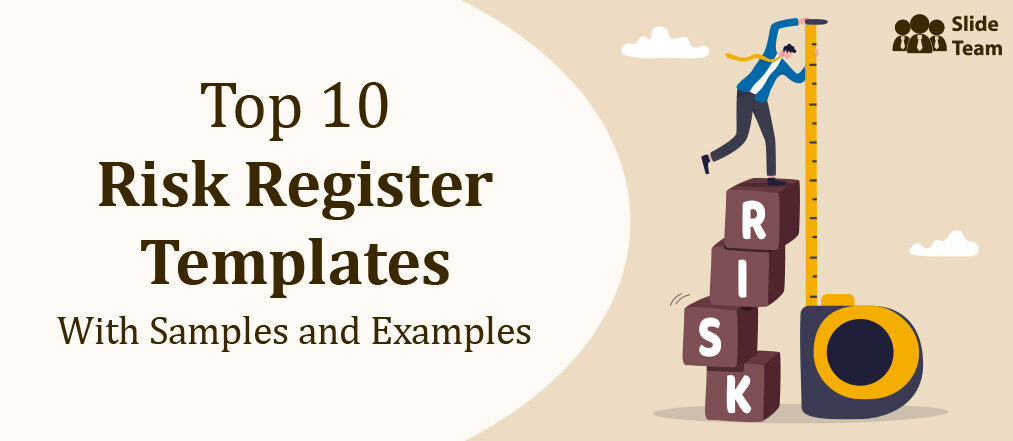
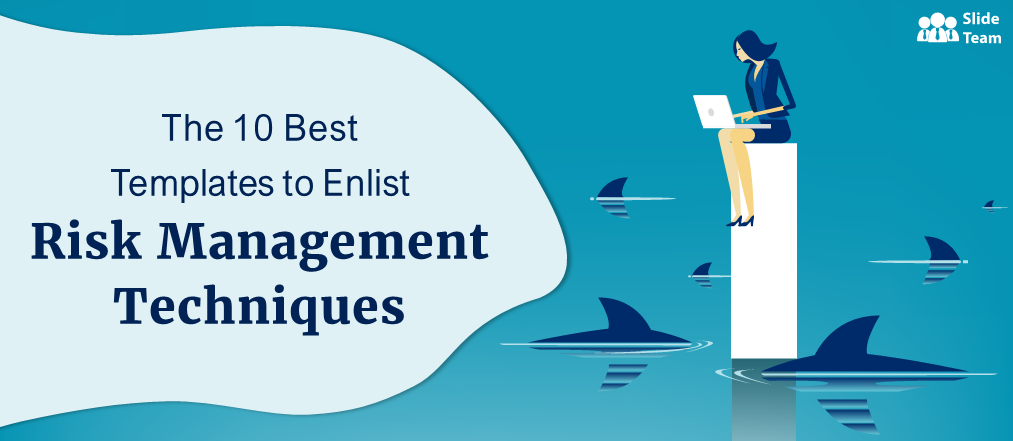
![Turn Operational Risk Management Into a Breeze, Enjoy the Ease It Brings [Free PDF Attached]](https://www.slideteam.net/wp/wp-content/uploads/2022/08/1013x441no-button-2-2-1013x441.jpg)
